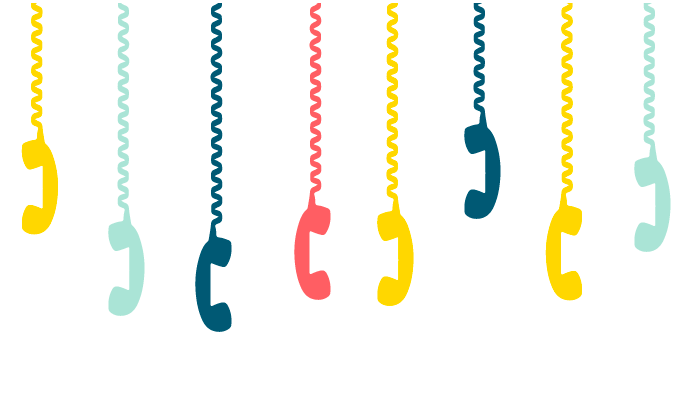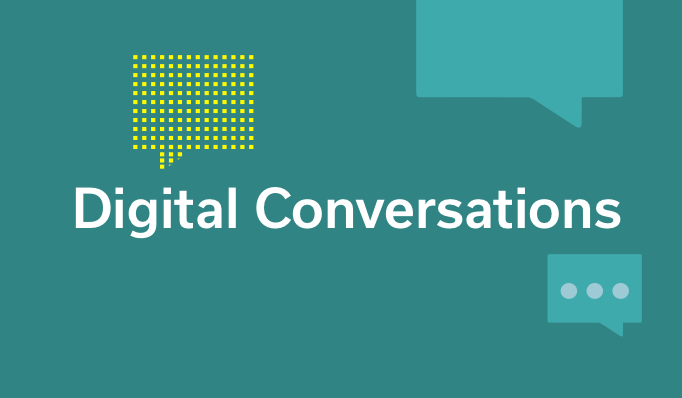I don’t know about you, but I have learned to NEVER answer the phone unless it’s from a named person in my contacts directory. I’m just not ever, ever in the mood to listen to some foreign language robot or get rich pitch. Phone calls that matter have increasingly become the minority.
According to some estimates, US mobile phone users are exposed to 48 billion robocalls each year, which means that every time the phone rings, there’s a 80% chance it’s a spam robocall.
That Caller ID Number is Just Like Mine
There are few viable solutions available for blocking 100% of these annoying intrusions, so the best option when that unknown phone number shows on the caller ID is to simply hit the decline button and move on with whatever you were doing. Robocalls are essentially creating “anti-call center muscle memory” across the entire mobile phone user population.
Robocalls are essentially creating “anti-call center muscle memory” across the entire mobile phone user population.
The shunning of annoying telemarketing cold calls is not a new thing. But thanks to robocall automation, the surge of incoming noise has become so intense, there’s little chance a consumer will take pause and consider the possibility that an incoming call might actually matter, and that’s a problem for the healthcare industry.
Call centers have always been a big part of the healthcare patient experience. Challenges with being on hold, ineffective agents, and general customer dissatisfaction with call centers are well documented. But what about the outbound side?
Patient Outreach Dilemma
The healthcare industry is investing heavily in engaging patients and call centers are a big piece of that strategy. Outbound calling programs that are designed to help patients navigate their care, set appointments, take medicines, or check in after a visit are potentially important touch points. If people stop answering their phones, what happens? E-mail outreach is frequently intercepted by spam filters, secure messaging is clunky, and most patients don’t know how to log into their portals.
Call centers have always been constrained by human capacity. When it comes to dealing with health care situations, historically there have not been a lot of viable automation options that blend a quality, well designed engagement experience with a high-scale system. Anybody that has received a robocall doctor’s appointment reminder knows how DIS-engaging that is.
So, here we are …
-
Patient engagement is a huge priority for the healthcare industry
-
Healthcare providers and life science companies need to reach out and connect with patients
-
Most patients have a smartphone and prefer to communicate through that
-
Robocalls have trained consumers to avoid answering their phones
-
There are too many healthcare mobile apps and most are clunky and not being used
-
Consumers prefer text messaging
-
Hmmm
Heavy investment in call center technology that’s focused on intelligent patient information and agent enablement is still key. But in cases where a call center is chartered with reaching out to patients as part of a multitude of patient engagement efforts, is there a new opportunity at hand?
Conversational Automation at Scale
Conversational AI technology that powers digital assistants to interact with people in a way similar to text messaging are finding their way into a number of industries. What would happen if an interactive text front end, first touch was woven into the outbound call center approach? The bot could completely handle simple tasks, such as reminders and information gathering. Or, it could start on some of the more advanced workflows, such as monitoring care progression or providing drug background information in advance of a human to human interaction.
As they stand today, call centers agents are premium level expenses when compared to a well-designed chatbot that can run 24x7x365. Imagine a call center that is not constrained by human capacity.
If the virtual dimension of a modern patient engagement strategy requires outreach and interaction with vast populations of patients, the answer isn’t to double the number of agents. Rather, you must find a way to make the ten agents you already have handle a 5x volume increase, with conversational chatbots conversing and engaging patients across a spectrum of workflows. And, the entire process would be in the medium that consumers increasingly prefer — text based messaging.
The odds of reaching someone and helping them with their care can only increase.








